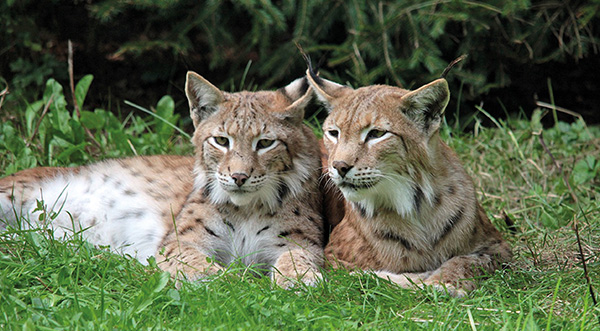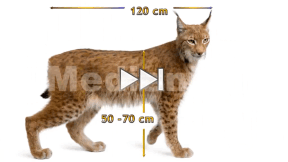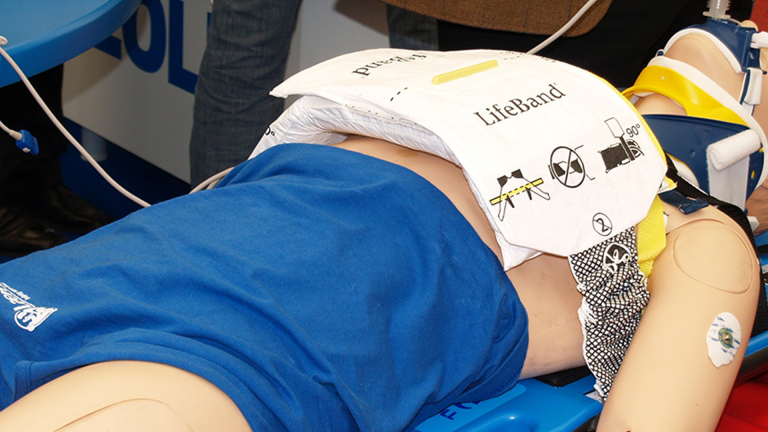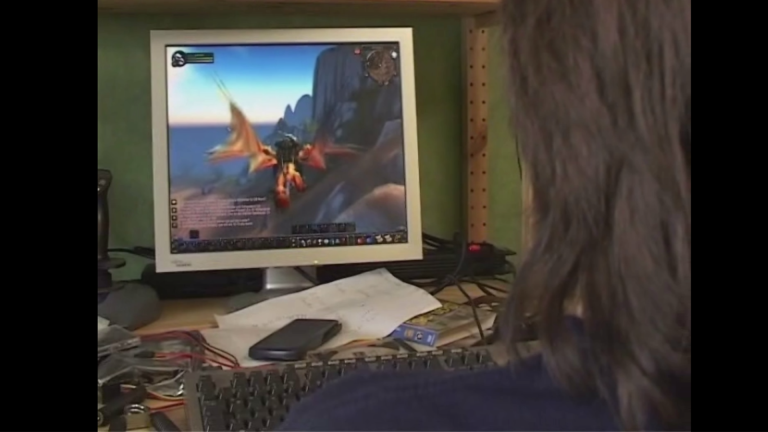Suche:
- # Artistry
- # Biology
- # Chemistry
- # Ecological
- # Economy
- # English
- # Foreign Language
- # Geography
- # German
- # Health
- # History
- # Informatik
- # Latin
- # Mathematics
- # Media Education
- # Music
- # Physics
- # Politics / Civics
- # Preschool
- # Primary School
- # Religion
- # Society
- # Sports
- # Technology
- # Training of Teachers
- # Vocational Education
Dictatorships in the 20th Century VII
Nicolae Ceausescu ruled Romania for twenty-four long years and was a dictator.
Learn moreFuel Cell
A smartphone offers a lot of opportunities nowadays. The numerous apps and applications may enrich your daily life but cost a lot of electricity. It is particularly annoying when the device fails at the most inconvenient moments. Conventional rechargeable batteries are often empty after one day already, and the device needs to be plugged in. Besides many others, also this problem could be solved by using fuel cells – thus considerably increasing the duration of the smartphone.
Learn moreWorld Trade
Many of the goods we use every day come from foreign countries and have to be imported into Germany. Without a functioning world trade our range of products would be very limited. Often goods are transported over long distances from A to B before we can use them.
Learn moreTheatre
The Munich Kammerspiele, commissioned by the Riemerschmid family as a new theatre in the city of Munich in 1899.
Learn moreHybrid- und Distanzunterricht
Das Jahr 2020 stand im Zeichen der Coronakrise und mit ihr musste die Schule gleichsam über Nacht digital werden. Die verschiedensten Modelle von Hybrid- und Distanzunterricht wurden in Rekordzeit entwickelt und gleichzeitig bereits in der Praxis erprobt.
Learn moreLynx and wildcat
The film introduces two native large carnivores - the lynx and the wildcat.
Learn moreSaisonal und gesund kochen
Selber kochen macht Spaß und mit saisonalen und regionalen Zutaten tut man auch etwas für die CO2-Bilanz.
Learn moreWegwerfgesellschaft
Allein in Deutschland landen jedes Jahr elf Millionen Tonnen Lebensmittel im Müll. Würde man diese Menge Lebensmittelabfall in Lkws verladen, so ergäbe sich eine Lkw-Schlange, die von Berlin bis nach Peking reichen würde.
Learn moreChauvinismus, Homophobie und Gewalt
"Zeit für Helden – Und was machst Du?" schafft Aufklärung rund um die Themen Diskriminierung, Rassismus, Vorurteile und Zivilcourage.
Learn moreResuscitation
It can happen to anyone – of any age, in any place, at any time. Sudden cardiac arrest may quickly prove fatal. Immediate action is called for! Just remember: Check Call Press Anyone can do it. You can't do anything wrong!
Learn moreInternet Addiction
The film consists of two parts. The first part is the 15-minute short film “In the Net”. It describes the problem of excessive Internet use in a humorous way, in particular the risk of losing touch with reality when chatting. The second part illustrates with three real persons how Internet addiction can develop and the problems encountered by those who are afflicted. The authentic statements are commented by an experienced therapist. For many pupils, the issues addressed here are related to their everyday lives. What is a “sensible” use of the Internet, where does pathological addiction start? In contrast to addiction to alcohol, nicotine or drugs, the public seems to be largely ignorant of the problem of this addiction, which is not related to any substance abuse. The film provides material for discussion in the classroom (crossdisciplinary) and can be used as a basis for the formulation of prevention strategies.
Learn morePolizei
Mit ihrer Körpergröße von 1,70 Metern würde Joeys Karriere als Polizistin nichts im Wege stehen. Denn um sich der Spezialausbildung in Kampfsport, Fahr- und Klettertraining sowie einer umfassenden Schießausbildung auf der Polizeischule unterziehen zu dürfen, muss man strenge Vorgaben erfüllen. Neben einer entsprechenden Körperlänge, sind das Gewicht sowie sportliche Fähigkeiten entscheidend. Wer die Aufnahmeprüfung übersteht – in Deutschland sind das jährlich ca. 1.500 Männer und Frauen – durchläuft eine drei Jahre lang harte Schule mit einem einzigen Ziel vor Augen: die grüne Uniform! Doch neuerdings geht der Trend zu blau. Hamburg macht es vor und schickt seine Gesetzeshüter statt in waldgrün in enzianblau auf den Kiez. Doch die Hansestadt ist auch in einer anderen Disziplin ganz weit vorne: Im Verteilen von „Knöllchen“. Ob Falschparken, Temposünden oder Ruhestörungen, den Hamburger Polizisten entgeht fast nichts. Aber was kostet es, wenn man am Steuer zu viel Promille im Blut hat, einen Beamten beleidigt oder bei rot über die Ampel geht? Die Antwort darauf findet man im so genannten Bußgeldkatalog. Muss man diesen zu häufig konsultieren oder macht man sich anderer Vergehen schuldig, droht dem Delinquenten irgendwann der Gang ins Gericht.
Learn more

























